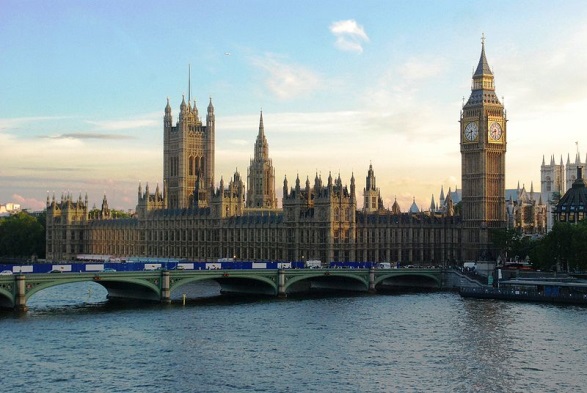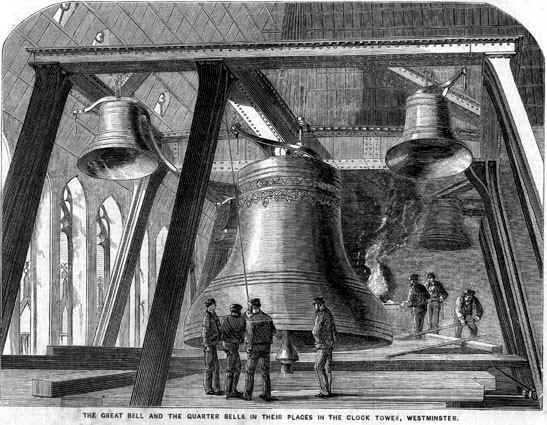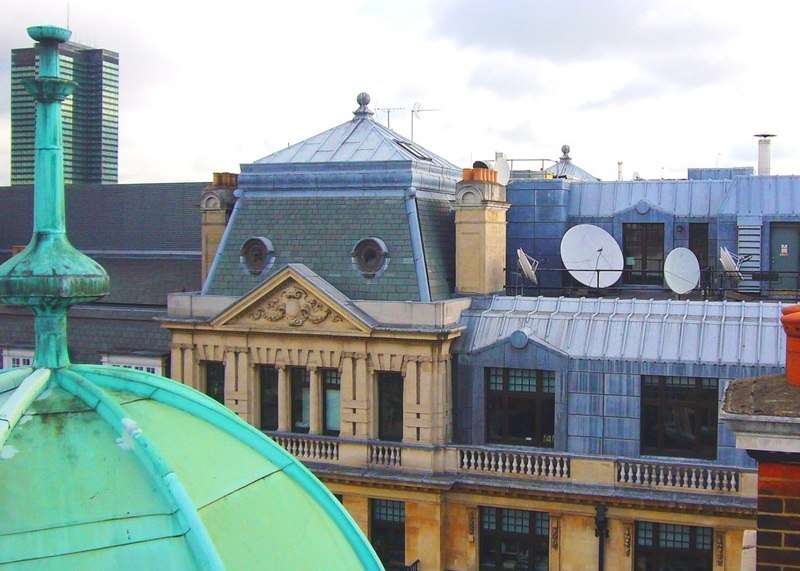Big Ben and the Houses of Parliament
List and search London Business > London Attractions
Big Ben and the Houses of Parliament
Big Ben & the Houses of Parliament
Around the world London is known for its architecture, red busses, telephone boxes, and landmarks such as St. Paul’s Cathedral and Buckingham Palace – but none of these things are as iconic as the Houses of Parliament and Big Ben. From the shot of Robert Powel hanging off Big Ben’s clock face in The 39 Steps (1978) to the intro credits to Have I Got News for You, these buildings are ingrained in our culture. In Hungary, they even directly copied our parliament buildings, building their parliament on the edge of the Danube and topping it with a red roof. Here is a short introduction to these buildings, their history, and how to visit them:

The Old Palace
The current buildings replace The Old Palace at Westminster which burned down in 1834. The Old Palace was built in a strategic position in the Middle Ages and the area was first used as Royal lodgings for King Canute in the 11th Century. St. Edward the Confessor built the first royal palace on the location twenty years later - at the same time as building Westminster Abbey. The first official parliament met in the Old Palace in 1295 and parliament has been meeting there ever since.
Although named The Palace of Westminster, the current Houses of Parliament have taken their informal name from their function as meeting point for both the House of Lords and House of Commons. Their design was created by Sir Charles Barry who beat out other designs in a competition; he then oversaw construction until his death in 1860. Bombing by the Germans in the Second World War caused extensive damage to the buildings. The Commons Chamber was rebuilt by Sir Charles Gilbert Scott after the war. There may be plans to open up the buildings to the public for weddings and banquets but there has been no formal confirmation.
The Elizabeth Tower

Big Ben, 1858 Commonly known as Big Ben (Big Ben is actually the clock) The Elizabeth Tower is one of the most famous landmarks in the world. It stands 96 meters tall and houses the Great Clock of Westminster, built by Edward John Dent. The clock was considered more accurate than any other clock in the 19th Century and it has remained constantly reliable since beginning service in 1859 (the tower being completed the previous year). The face is made of milk glass and is lit from behind at night.
Visiting
To access the Elizabeth Tower on a tour, unfortunately, one must be a UK citizen and the trip has to be booked in advance. In order to arrange a tour one must write to their local MP or have a member of the House of Lords arrange it for you. Visiting the parliament buildings is very easy. Many people feel inhibited about entering the buildings as they are filled with so many smartly dressed politicians and lawyers but, in fact, people from all around the world are welcome to tour the buildings and watch debates as they happen – although, if you want to watch Prime Minister’s Questions on Wednesdays you will have to follow the same procedure as with the Elizabeth Tower. Guided tours of the buildings can be booked here and take around 75 minutes. If you do want to watch debates in the galleries, you can join the public queue outside St. Stephens Entrance. To reduce queuing time it is best to arrive after 1pm.
Westminster

Westminster has some of the most ornate and interesting property in London. By walking around the local area you will find much to see including beautiful pubs and restaurants. Residential properties in the area are among the most expensive in the county. If you are interested in finding out more about how to invest cheaply in this area, check out http://www.rentalyield.co.uk/.
Author - Terisa Able
